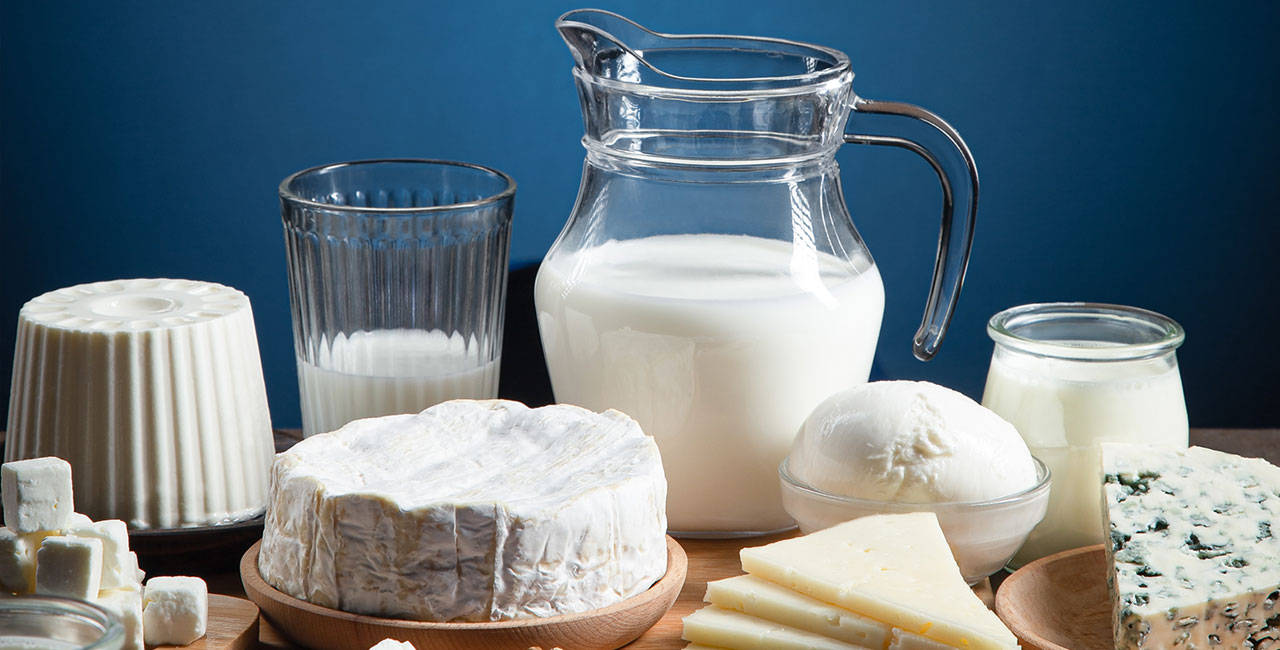
Dairy products are characterised by being very sensitive to sudden changes in temperature, which is why the cold chain takes on special importance to guarantee their optimal preservation.
In this post we are going to know in depth how to respect the cold chain in dairy products, giving special importance to the critical points where there is more risk of breaking it.
Regulation 853/2004 of the European Parliament and of the Council lays down the way in which dairy products must be stored, transported and refrigerated until they are ready for consumption.
The cold chain ensures that dairy products remain fresh and preserve their organoleptic properties. Dairy products are particularly delicate; if the indicated temperatures are not respected, their condition may be altered and cause damage to the consumer.
When preserving dairy products, we must differentiate between raw milk and pasteurised milk:
Depending on the characteristics of each food, there are different methods for preserving it.
For dairy products, the ideal preservation method is at low temperatures through refrigeration. At this point, avoiding any break in the cold chain is key to guaranteeing the optimal state of the product.
While in refrigeration products are kept between 0Cº and 8Cº, in freezing they are kept between -18Cº and -35Cº. Refrigeration is used instead of freezing because this process can alter the fat and protein content.
Breaking the cold chain in dairy products creates an environment conducive to the growth of micro-organisms. These microorganisms deteriorate the quality of the milk and can cause digestive problems when consumed.
For this reason, the right technology must be in place to monitor the actual temperature of dairy products at each link in the supply chain at all times.
Critical points in the cold chain are those points where there is the greatest risk of the cold chain being broken. Every moment between transport, storage and sale is crucial.
Particular attention should be paid to the initial loading and delivery moments, as when dairy products are moved from storage there is an increased risk of not maintaining temperature. On the other hand, throughout the transport process it must be checked that there are no leaks in the insulation that could affect the temperature.
At Rios Sangiao we understand that any failure in the cold chain of dairy products can severely affect the product. As distributors of well-known dairy brands, our work is focused on avoiding any kind of variation in the temperature of these products during the whole process from arrival to delivery. In addition, we clean our tanks in approved and certified washing facilities in order to avoid any cross-contamination problems.



This has been the work of Sr. Concejo

